Home>Furniture & Design>Interior Design Trends>What Paint Works On Glass
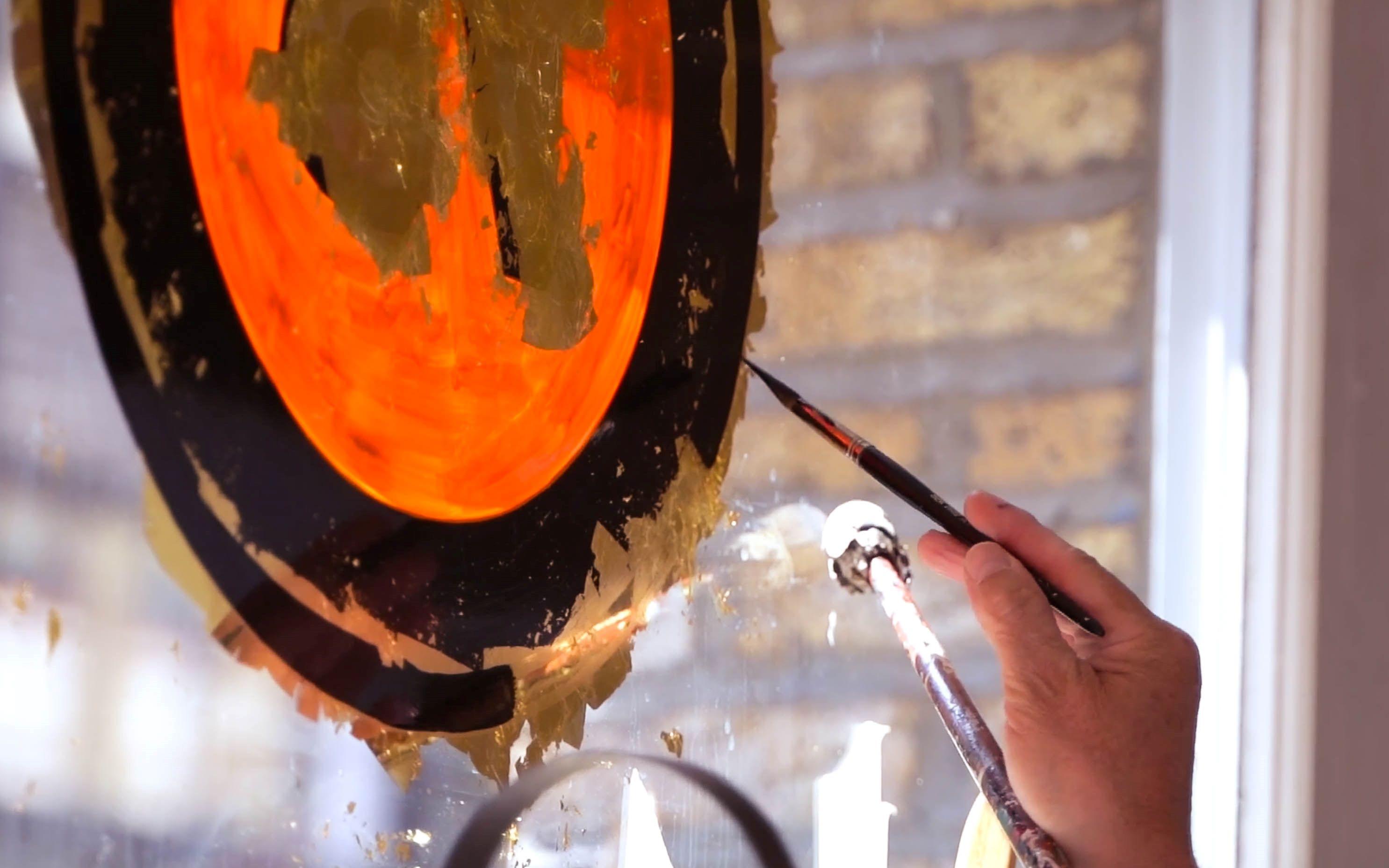

Interior Design Trends
What Paint Works On Glass
Published: February 4, 2024
Discover the latest interior design trends for painting on glass. Find out what paint works best and elevate your decor with these innovative ideas.
(Many of the links in this article redirect to a specific reviewed product. Your purchase of these products through affiliate links helps to generate commission for Storables.com, at no extra cost. Learn more)
Introduction
When it comes to adding a personal touch to glass surfaces, choosing the right type of paint is crucial. Whether you're looking to revamp glassware, create stunning window art, or add a decorative flair to glass panels, selecting the appropriate paint can make all the difference. Each type of paint offers unique properties and application methods, catering to various preferences and project requirements. From acrylic and enamel to oil-based and specialized glass paints, the options are diverse, each with its own set of advantages and considerations.
In this comprehensive guide, we will explore the characteristics, applications, and best practices for using different types of paint on glass surfaces. By understanding the distinct features of each paint type, you can make informed decisions and unleash your creativity with confidence. So, let's delve into the fascinating world of glass painting and discover the ideal paint options for your next artistic endeavor.
Key Takeaways:
- Transform glass into captivating works of art with acrylic, enamel, oil-based, glass, or spray paint. Each type offers unique properties and application methods, catering to various preferences and project requirements.
- Choose the right paint for glass surfaces based on project requirements, desired aesthetic effects, and personal preferences. Whether it’s vibrant colors, enduring finishes, intricate details, or efficient application methods, each type of paint offers a distinct set of attributes for unleashing creativity.
Read more: What Markers Work On Glass
Acrylic Paint
Acrylic paint is a versatile and popular choice for painting on glass surfaces. Its water-based composition makes it easy to work with, offering a smooth and consistent application. One of the key advantages of acrylic paint is its quick drying time, allowing artists to build layers and achieve vibrant colors with ease. Additionally, acrylic paint adheres well to glass, providing a durable and long-lasting finish when properly applied.
To ensure successful adhesion, it is essential to prepare the glass surface thoroughly before applying acrylic paint. Cleaning the glass with rubbing alcohol or a mild detergent removes any residue or oils, promoting better paint adherence. Furthermore, lightly sanding the surface with fine-grit sandpaper can enhance the paint's grip, especially on smooth glass surfaces.
When working with acrylic paint on glass, artists can explore various techniques to achieve stunning effects. From brush painting to sponging and stenciling, the versatility of acrylic paint allows for a wide range of creative possibilities. Moreover, mixing acrylic paint with specialized mediums can further expand its capabilities, enabling artists to create translucent washes or textured finishes on glass.
While acrylic paint offers numerous benefits for glass painting, it is important to note that it may not be suitable for surfaces exposed to extreme weather conditions or frequent handling. In such cases, applying a sealant or varnish over the dried acrylic paint can enhance its durability and resistance to external elements.
Overall, acrylic paint presents an accessible and adaptable option for embellishing glass surfaces, making it a favored choice for both beginners and experienced artists alike. With its vibrant color range, quick drying properties, and compatibility with various glass painting techniques, acrylic paint opens up a world of creative opportunities for transforming glass into captivating works of art.
Enamel Paint
Enamel paint stands out as a resilient and versatile option for painting on glass surfaces. Renowned for its exceptional durability and glossy finish, enamel paint offers a robust solution for creating long-lasting designs on glassware, windows, and decorative glass panels. Its oil-based composition provides a smooth and lustrous appearance, adding a touch of elegance to painted glass items.
One of the distinctive features of enamel paint is its ability to adhere firmly to glass, ensuring a strong bond that withstands the test of time. This adhesion is further enhanced by proper surface preparation, which involves cleaning the glass thoroughly to remove any contaminants or residues that could hinder paint adhesion. Additionally, lightly sanding the glass surface can promote better grip for the enamel paint, especially on smooth or non-porous glass surfaces.
Enamel paint offers a wide spectrum of vibrant colors, allowing artists to unleash their creativity and bring their designs to life with striking visual impact. Whether it's intricate patterns, bold motifs, or delicate details, enamel paint delivers rich and vivid hues that captivate the eye. Furthermore, the glossy finish of enamel paint adds a luxurious sheen to the painted glass, elevating its aesthetic appeal and creating a polished, professional look.
When working with enamel paint on glass, it is essential to apply thin, even coats to achieve a flawless finish. This meticulous approach ensures that the paint dries smoothly and evenly, minimizing the risk of drips or streaks. Additionally, allowing each coat to dry completely before applying the next layer is crucial for achieving a professional-quality result.
Enamel paint's resilience makes it suitable for a wide range of glass applications, from decorative art pieces to functional items such as glassware and vases. Its ability to withstand wear and tear, as well as exposure to light and moisture, makes it an ideal choice for projects that require long-term durability and visual appeal. Moreover, the glossy surface of enamel paint can be further enhanced by applying a clear sealant or varnish, adding an extra layer of protection and luster to the painted glass.
In summary, enamel paint offers a compelling option for artists and enthusiasts seeking to adorn glass surfaces with enduring beauty and vibrant colors. Its durability, glossy finish, and wide-ranging color palette make it a favored choice for a diverse array of glass painting projects, allowing creators to infuse glass items with timeless elegance and artistic expression.
Oil-Based Paint
Oil-based paint presents a compelling option for painting on glass surfaces, offering a unique set of characteristics that cater to diverse artistic preferences and project requirements. Renowned for its rich pigmentation, smooth application, and enduring finish, oil-based paint holds a distinct allure for artists and enthusiasts seeking to create captivating designs on glassware, windows, and decorative glass panels.
One of the defining features of oil-based paint is its exceptional opacity and depth of color. The rich, vibrant hues produced by oil-based paint can imbue glass surfaces with a striking visual impact, making it an ideal choice for creating bold, expressive designs. Whether it's intricate patterns, intricate details, or sweeping brushstrokes, oil-based paint allows artists to achieve intense and captivating results that command attention.
The slow drying time of oil-based paint offers a notable advantage for artists working on glass surfaces. This extended open time allows for greater flexibility in blending colors, creating gradients, and refining intricate details without the rush of rapid drying. As a result, artists can take their time to finesse their designs, ensuring precision and artistry in every brushstroke.
Adhesion is a critical consideration when using oil-based paint on glass, and proper surface preparation is essential to ensure a strong and enduring bond. Thoroughly cleaning the glass surface and removing any contaminants or residues is crucial for promoting optimal paint adhesion. Additionally, lightly roughening the glass with fine-grit sandpaper can enhance the paint's grip, especially on smooth or non-porous glass surfaces, ensuring a durable and long-lasting finish.
The glossy finish of oil-based paint adds a luxurious sheen to painted glass items, elevating their visual appeal and creating a polished, professional look. This lustrous quality enhances the depth and vibrancy of the colors, adding a captivating allure to the finished artwork. Furthermore, the enduring nature of oil-based paint makes it suitable for glass applications that require long-term durability and resistance to wear and tear.
In summary, oil-based paint offers a compelling choice for artists and enthusiasts seeking to adorn glass surfaces with intense colors, enduring finishes, and meticulous details. Its rich pigmentation, extended open time, and glossy sheen make it a favored option for creating captivating designs on glass, allowing creators to infuse glass items with timeless elegance and artistic expression.
When painting on glass, use acrylic enamel paint or specially formulated glass paint for best adhesion and durability. Clean the glass thoroughly before painting to ensure the paint sticks well.
Glass Paint
Glass paint, also known as glass enamel paint, is specifically formulated for adorning glass surfaces with vibrant colors and enduring finishes. This specialized type of paint offers a range of unique properties that make it well-suited for various glass painting applications, from creating decorative art pieces to embellishing glassware and windows.
One of the defining features of glass paint is its exceptional adhesion to glass surfaces, ensuring a strong and enduring bond that withstands the test of time. Unlike traditional paints, glass paint is designed to adhere firmly to glass, providing a durable and long-lasting finish that resists chipping, fading, and peeling. This robust adhesion is achieved through the paint's specialized composition, which is formulated to bond effectively with glass, creating a seamless and resilient coating.
Glass paint is available in a diverse array of colors, ranging from rich, opaque hues to translucent tints, allowing artists to unleash their creativity and bring their designs to life with captivating visual impact. Whether it's creating intricate patterns, delicate details, or bold motifs, glass paint offers a versatile palette for artists to explore and express their artistic vision on glass surfaces.
When working with glass paint, it is essential to prepare the glass surface thoroughly to ensure optimal adhesion and a flawless finish. Cleaning the glass with a mild detergent or rubbing alcohol removes any contaminants or residues that could hinder paint adhesion, creating a clean and receptive surface for the paint. Additionally, lightly sanding the glass with fine-grit sandpaper can further enhance the paint's grip, especially on smooth or non-porous glass surfaces, promoting a strong and enduring bond.
Glass paint can be applied using various techniques, including brush painting, airbrushing, and stenciling, offering artists the flexibility to explore different methods and achieve diverse visual effects. Furthermore, the translucent nature of some glass paints allows for layering and blending, creating captivating depth and dimension in the artwork.
The enduring nature of glass paint makes it suitable for a wide range of glass applications, from decorative art pieces and glassware to architectural elements such as windows and glass panels. Its resistance to light, moisture, and wear makes it an ideal choice for projects that require long-term durability and visual appeal.
In summary, glass paint stands as a compelling option for artists and enthusiasts seeking to adorn glass surfaces with vibrant colors, enduring finishes, and intricate designs. Its exceptional adhesion, diverse color range, and versatility make it a favored choice for creating captivating artworks on glass, allowing creators to infuse glass items with timeless elegance and artistic expression.
Read more: What Kind Of Paint For Glass
Spray Paint
Spray paint offers a convenient and versatile solution for painting on glass surfaces, providing artists and DIY enthusiasts with a seamless and efficient method to achieve stunning results. With its ease of application and ability to cover large areas evenly, spray paint has become a popular choice for transforming glass items, windows, and decorative glass panels into vibrant works of art.
One of the key advantages of spray paint is its uniform coverage, which allows for smooth and consistent application on glass surfaces. The fine mist produced by spray paint cans ensures an even distribution of color, minimizing the risk of brushstrokes or uneven patches that can occur with traditional painting methods. This uniformity enables artists to achieve professional-quality finishes with minimal effort, making spray paint an accessible option for both beginners and experienced painters.
When using spray paint on glass, proper surface preparation is essential to ensure optimal adhesion and a durable finish. Cleaning the glass surface thoroughly with a mild detergent or rubbing alcohol removes any contaminants or residues that could hinder paint adhesion, creating a clean and receptive surface for the spray paint. Additionally, lightly sanding the glass with fine-grit sandpaper can enhance the paint's grip, especially on smooth or non-porous glass surfaces, promoting a strong and enduring bond.
Spray paint offers a wide spectrum of colors and finishes, allowing artists to explore diverse creative possibilities and achieve their desired aesthetic effects. Whether it's glossy, matte, metallic, or textured finishes, spray paint provides a versatile palette for artists to experiment with and bring their artistic vision to life on glass surfaces. The extensive range of colors and specialty formulations available in spray paint cans empowers artists to unleash their creativity and personalize glass items with captivating visual impact.
Furthermore, spray paint enables artists to create intricate designs and patterns with precision and control, thanks to its fine spray nozzle and adjustable pressure settings. This level of precision makes spray paint well-suited for achieving detailed artwork on glass, from delicate motifs to elaborate compositions. Additionally, the quick drying time of spray paint allows artists to build layers and add depth to their designs without prolonged waiting periods, facilitating a seamless and efficient painting process.
In summary, spray paint stands as a versatile and accessible option for artists and DIY enthusiasts seeking to adorn glass surfaces with vibrant colors and professional-quality finishes. Its uniform coverage, diverse color range, and ease of application make it a favored choice for creating captivating artworks on glass, allowing creators to infuse glass items with personalized flair and artistic expression.
Conclusion
In conclusion, the world of glass painting offers a rich tapestry of possibilities, with each type of paint presenting unique characteristics and advantages for adorning glass surfaces. From the versatility of acrylic paint to the enduring allure of enamel and oil-based paints, as well as the specialized properties of glass paint and the convenience of spray paint, artists and enthusiasts have a diverse array of options to explore and express their creativity.
Acrylic paint emerges as a versatile and accessible choice, offering quick drying time, vibrant colors, and compatibility with various glass painting techniques. Its water-based composition and ease of use make it an ideal option for beginners and experienced artists alike, allowing for seamless experimentation and artistic expression on glass surfaces.
Enamel paint, with its exceptional durability, glossy finish, and wide-ranging color palette, stands out as a resilient and elegant choice for creating enduring designs on glassware, windows, and decorative glass panels. Its robust adhesion and luxurious sheen elevate the visual appeal of painted glass items, adding a touch of sophistication to the finished artwork.
Oil-based paint captivates with its rich pigmentation, extended open time, and glossy sheen, offering artists the opportunity to infuse glass surfaces with intense colors, enduring finishes, and meticulous details. Its slow drying time allows for meticulous blending and refinement, making it a favored option for artists seeking precision and artistry in their glass painting endeavors.
Glass paint, specifically formulated for adorning glass surfaces, presents exceptional adhesion, diverse color range, and enduring finishes, making it a compelling choice for creating vibrant artworks on glass. Its specialized composition ensures a strong and enduring bond with glass, providing a durable and long-lasting finish that resists chipping, fading, and peeling.
Spray paint offers a convenient and efficient method for achieving stunning results on glass surfaces, with its uniform coverage, diverse color range, and ease of application. Its fine mist and adjustable pressure settings enable artists to create intricate designs with precision, making it a versatile option for personalized and professional-quality glass painting projects.
In essence, the choice of paint for glass surfaces depends on the specific requirements of the project, the desired aesthetic effects, and the artist's preferences. Whether it's vibrant colors, enduring finishes, intricate details, or efficient application methods, each type of paint offers a distinct set of attributes that can be harnessed to transform glass into captivating works of art. By understanding the characteristics and applications of different paint types, artists and enthusiasts can embark on their glass painting journey with confidence, unleashing their creativity and infusing glass items with timeless elegance and artistic expression.
Frequently Asked Questions about What Paint Works On Glass
Was this page helpful?
At Storables.com, we guarantee accurate and reliable information. Our content, validated by Expert Board Contributors, is crafted following stringent Editorial Policies. We're committed to providing you with well-researched, expert-backed insights for all your informational needs.
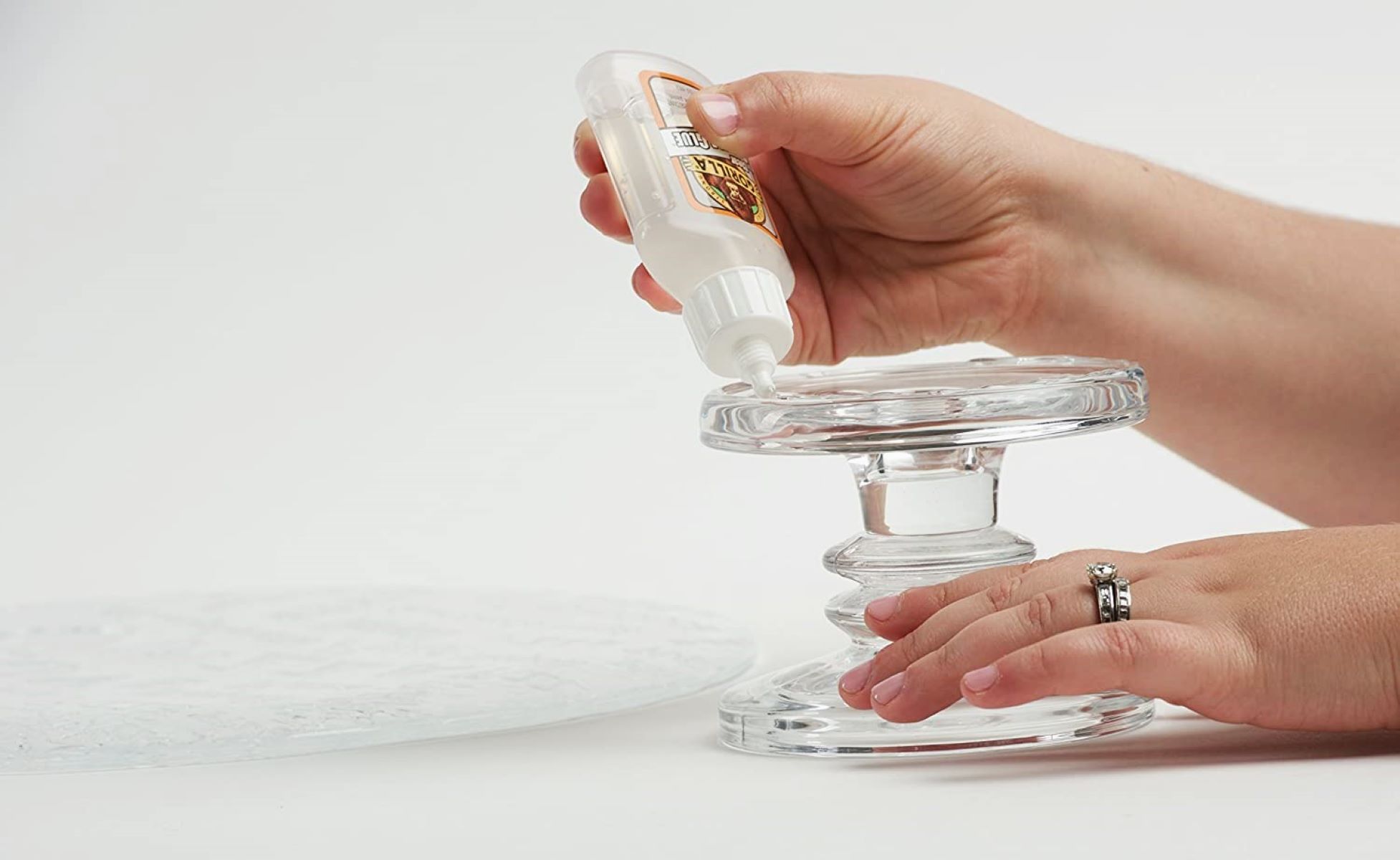
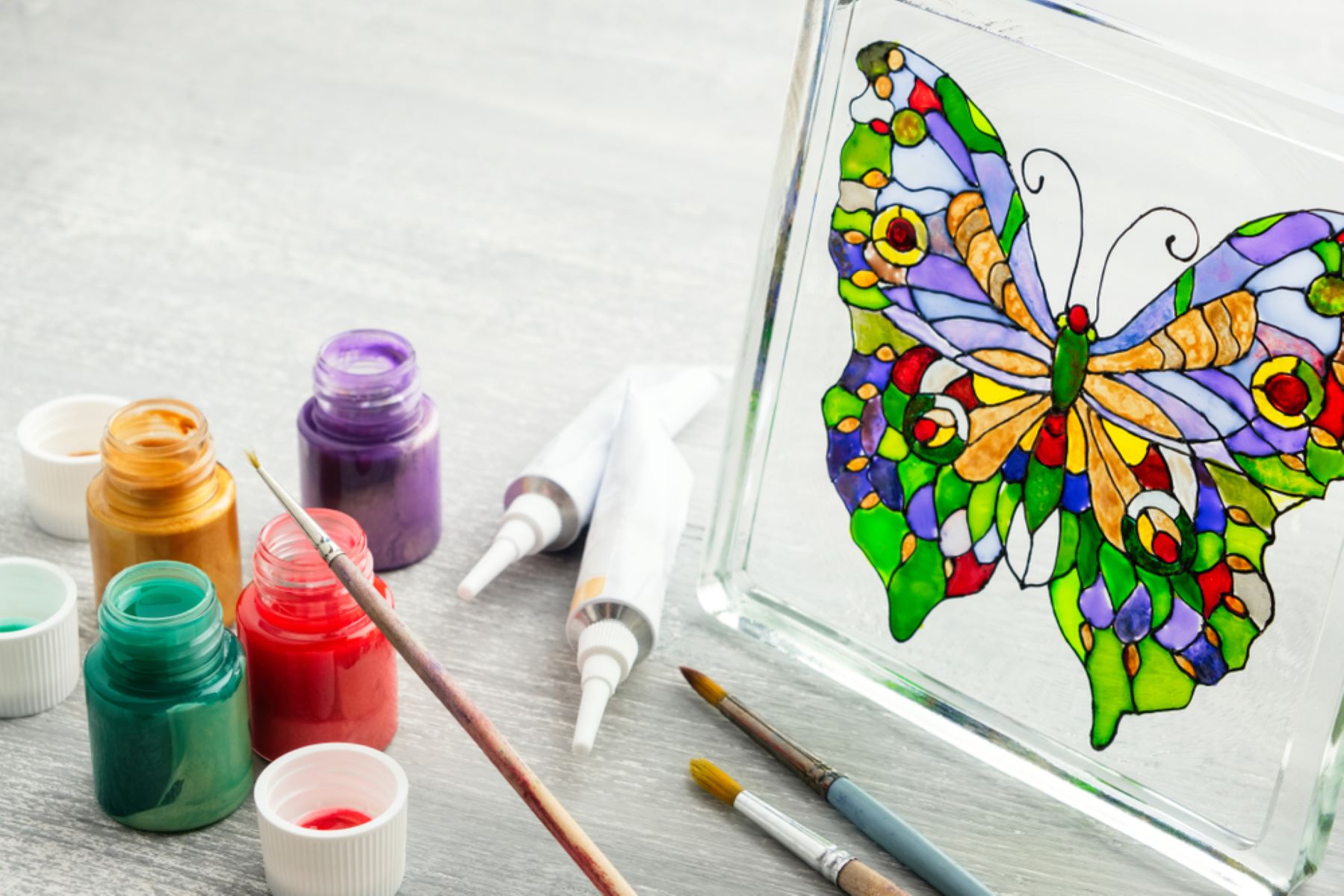
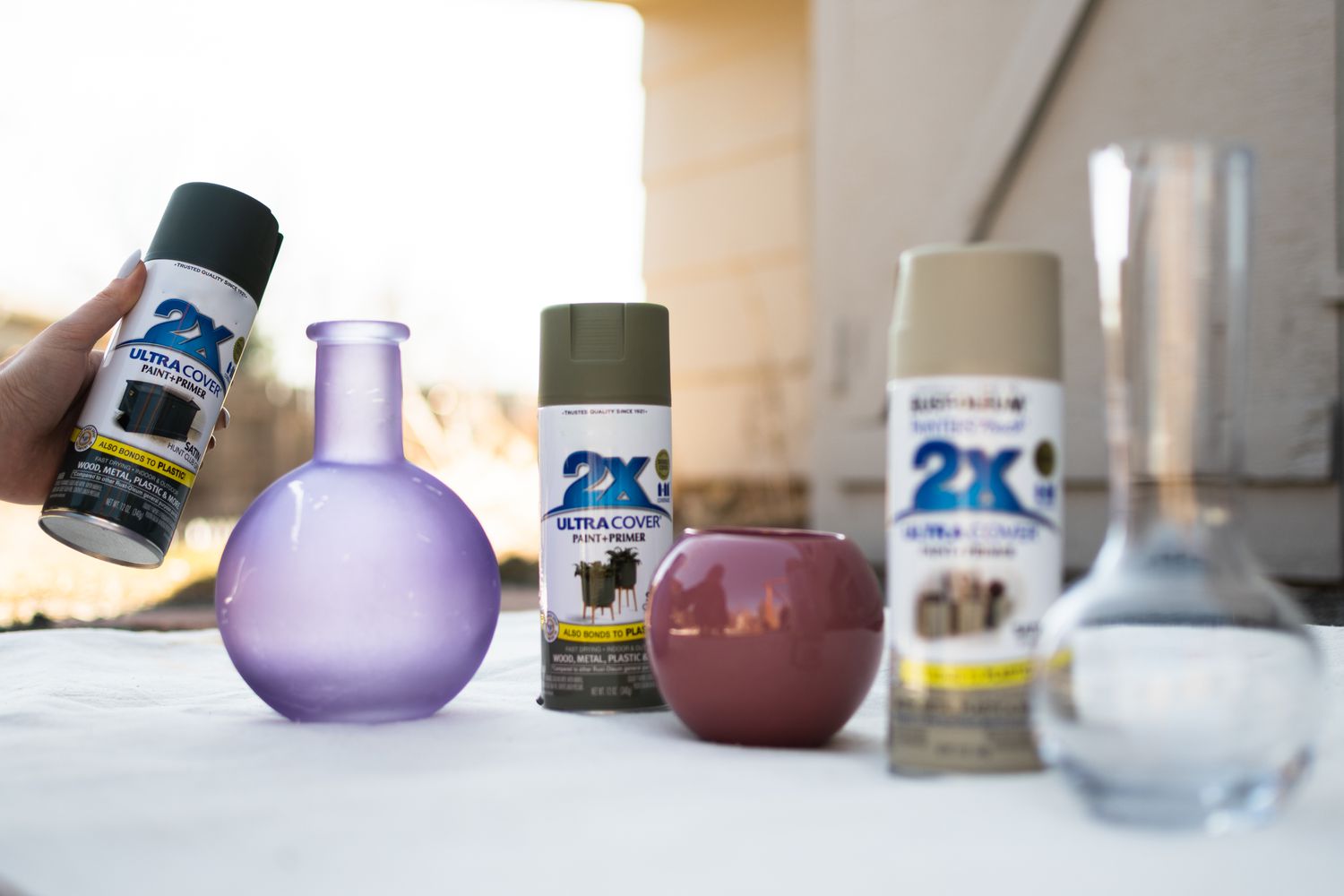
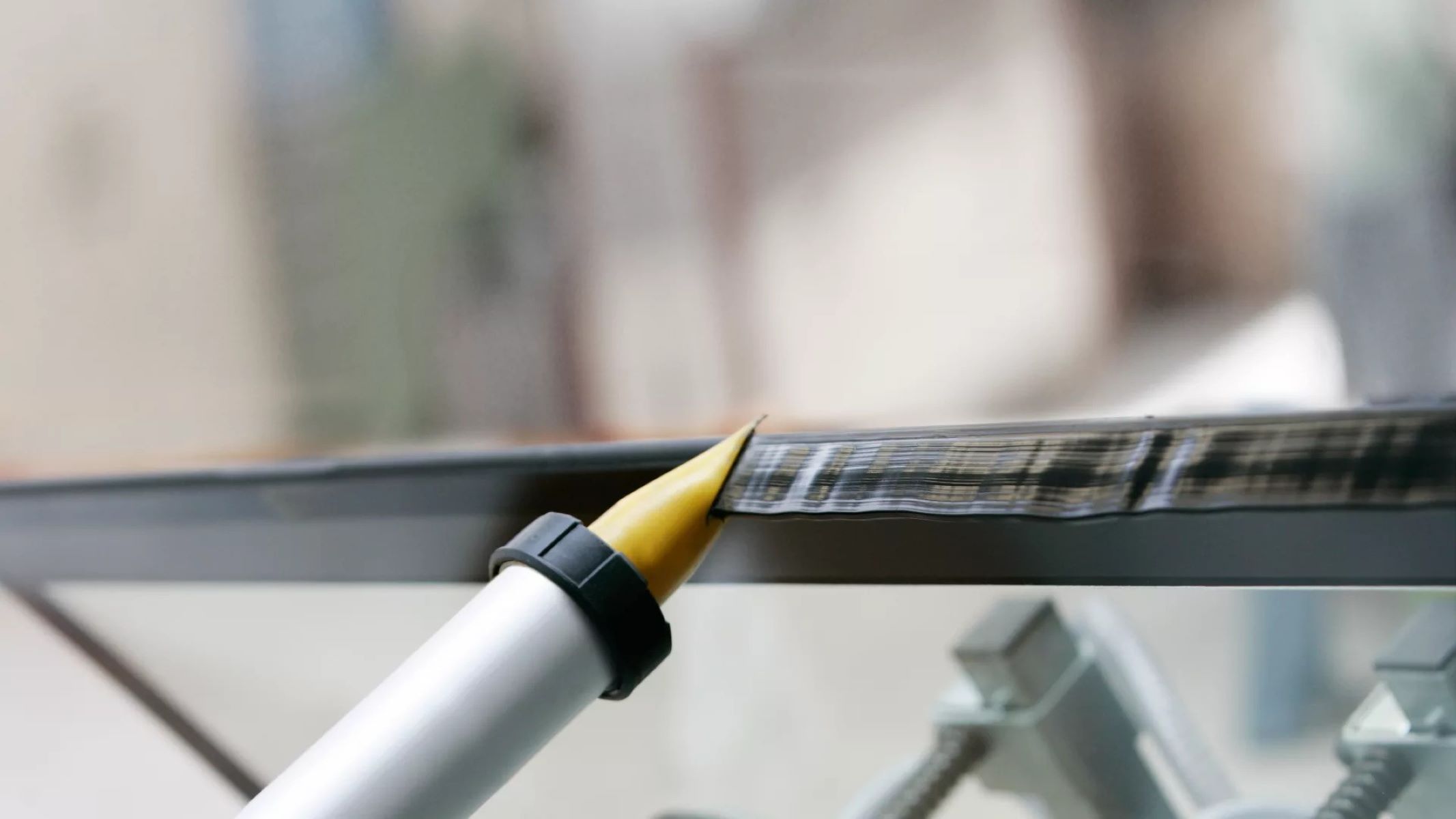
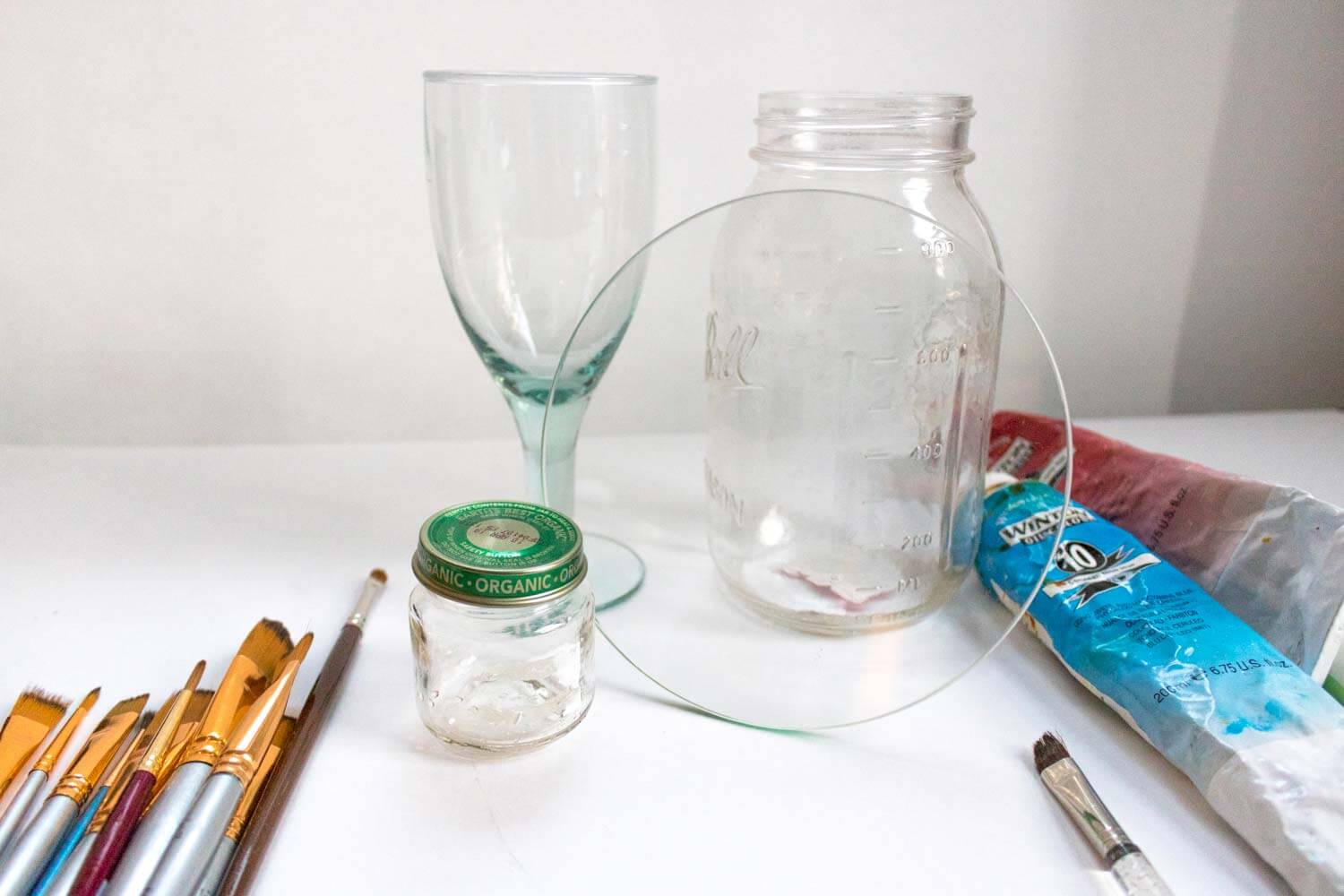
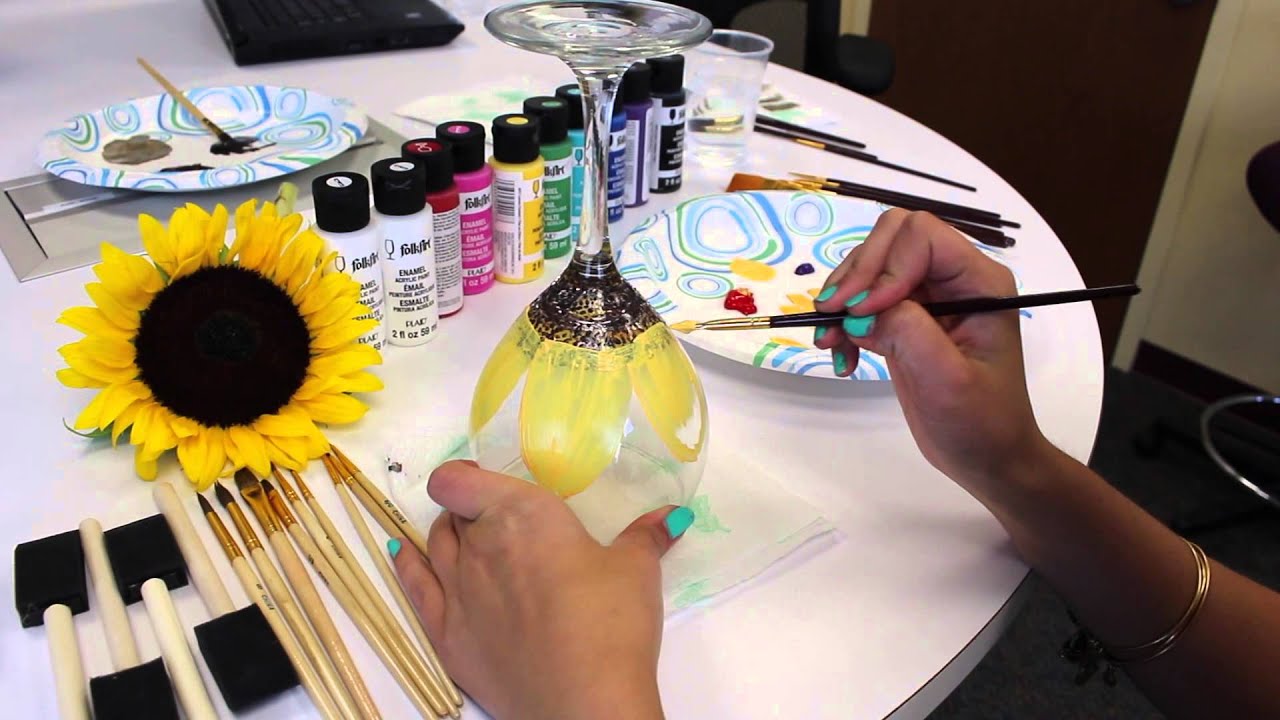
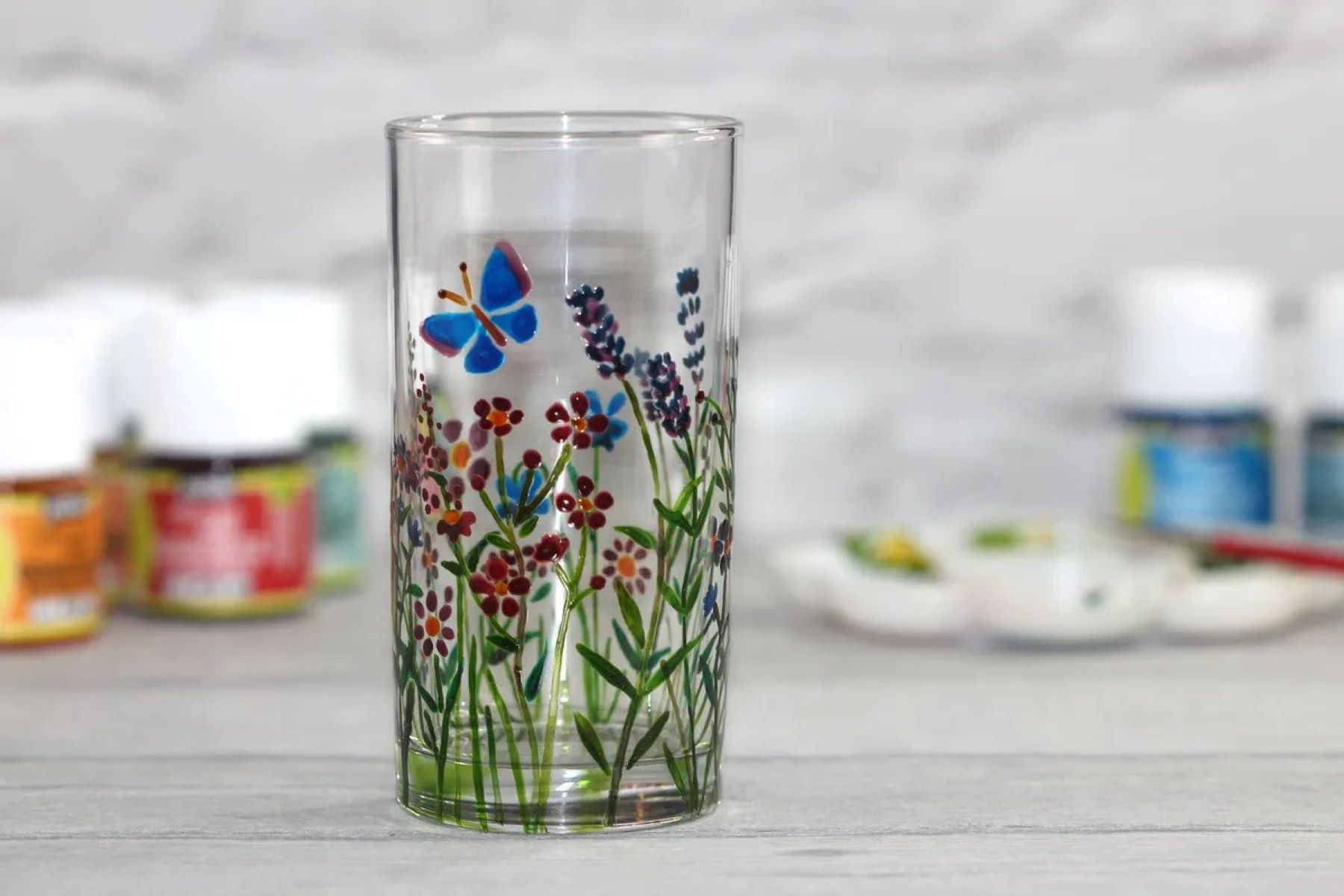
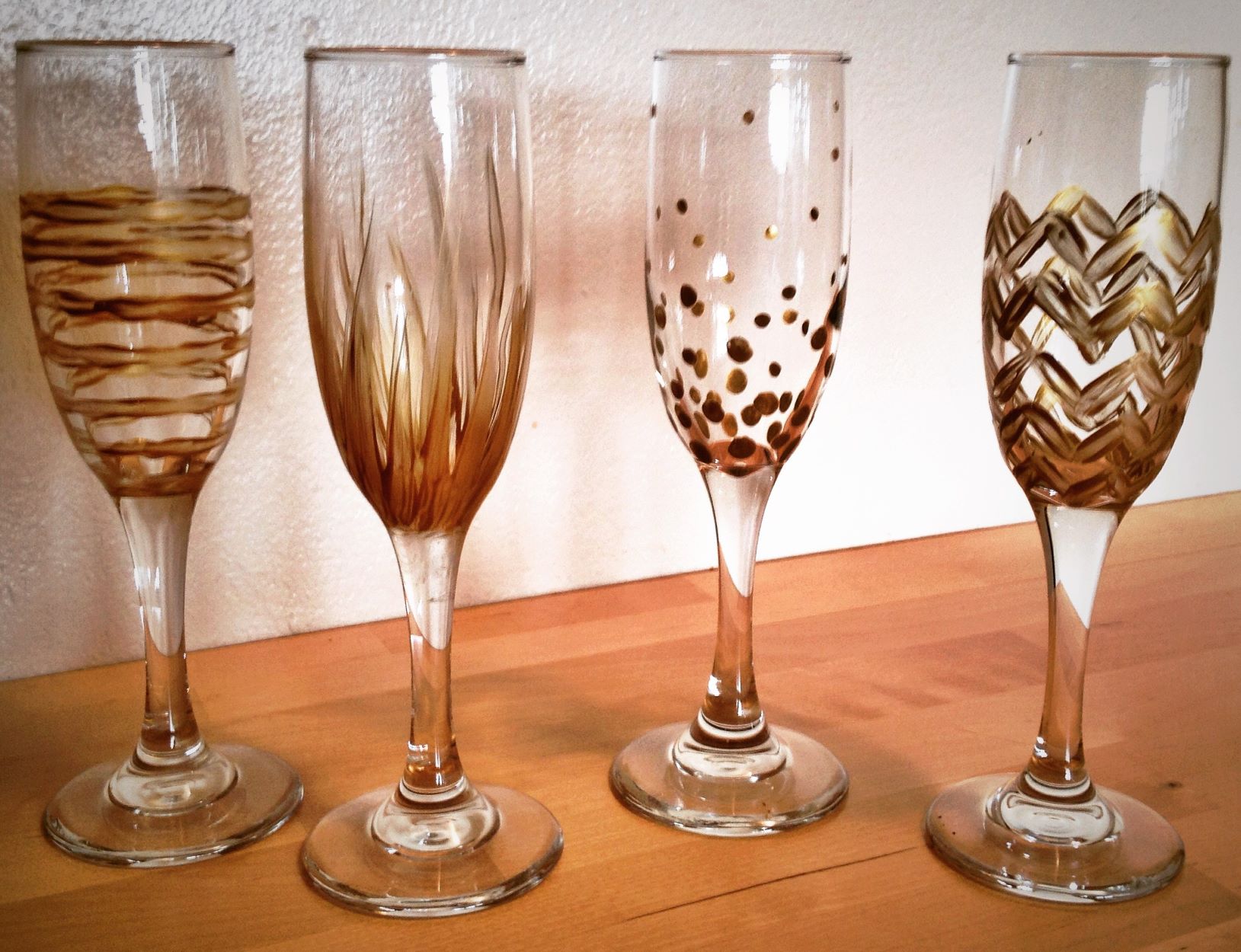
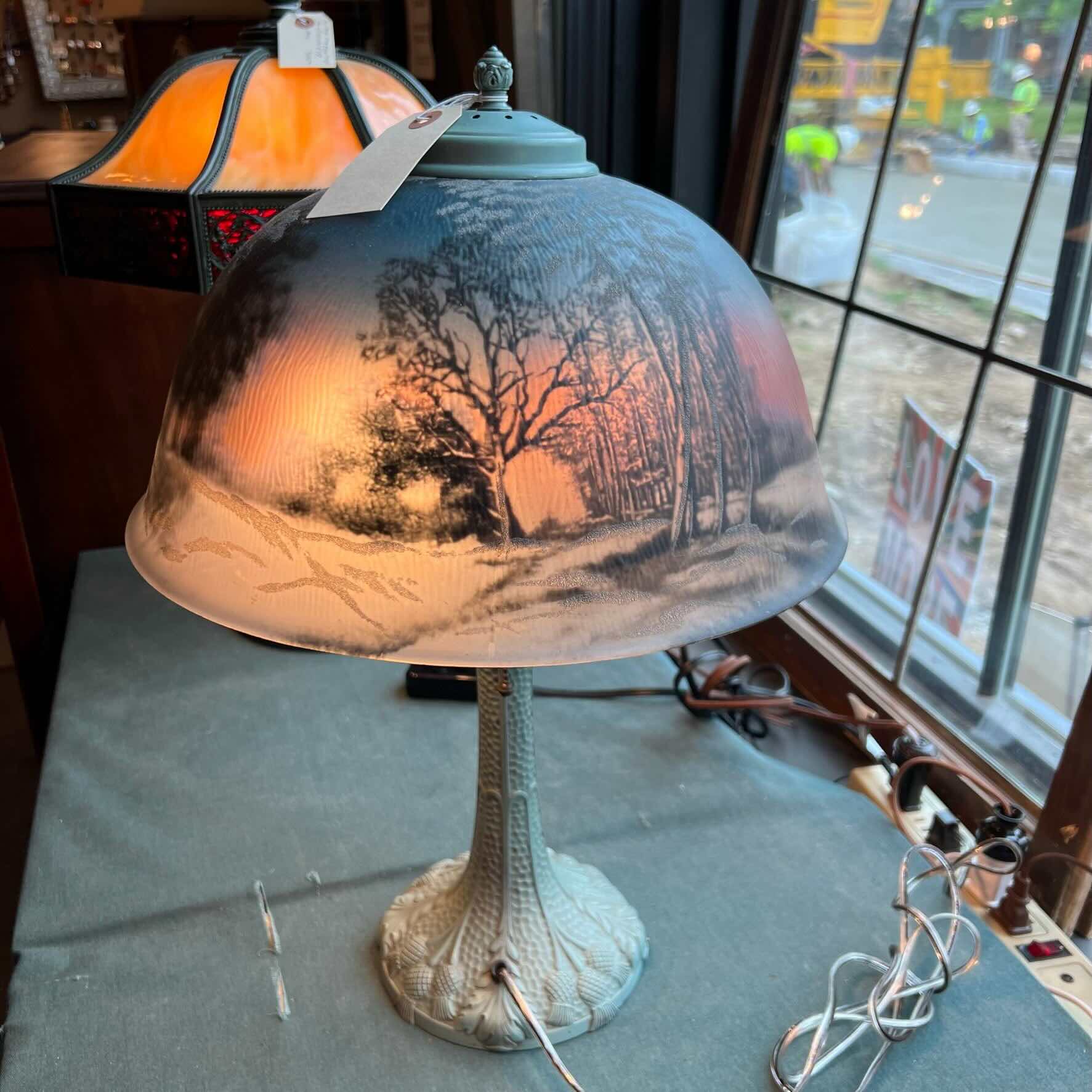
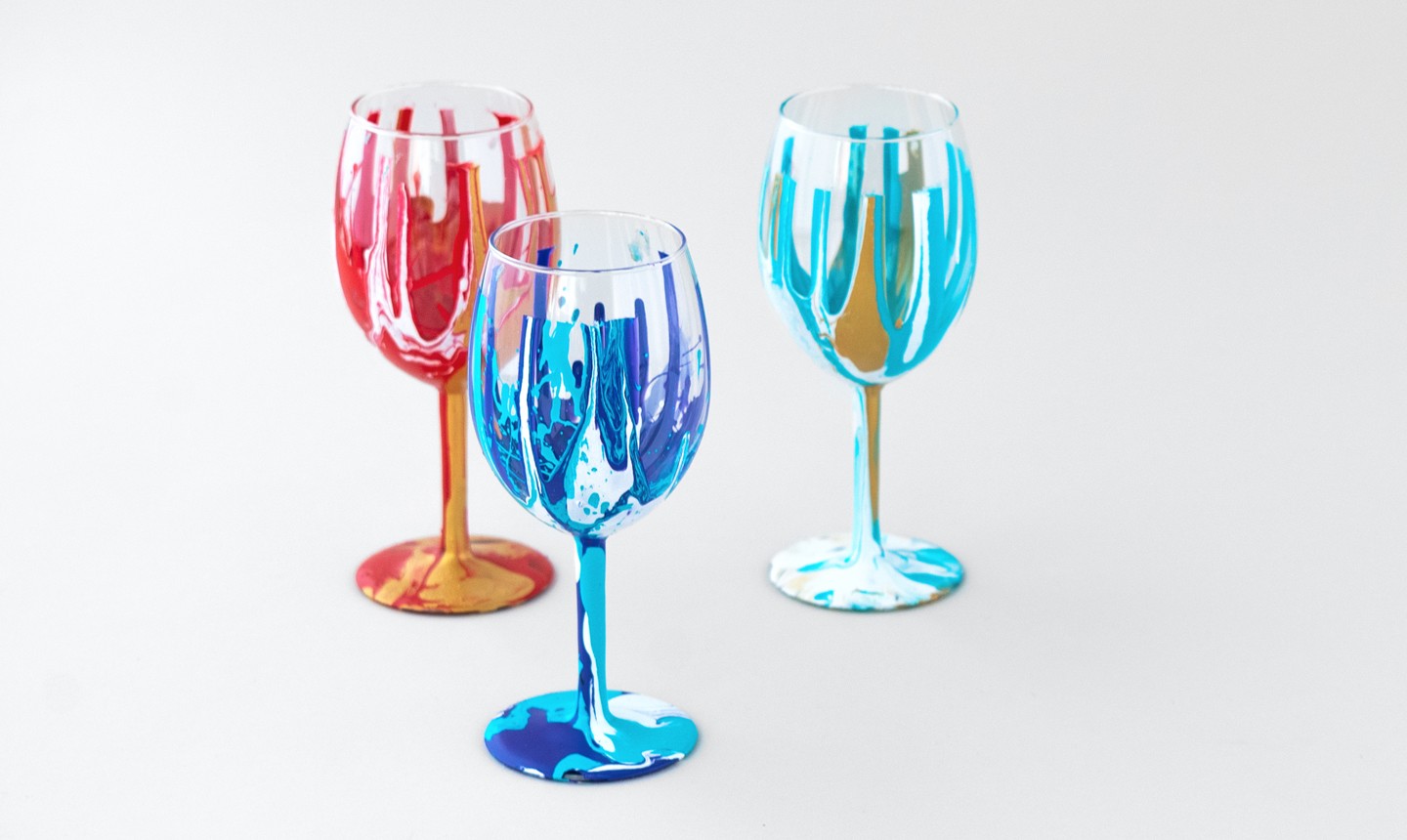
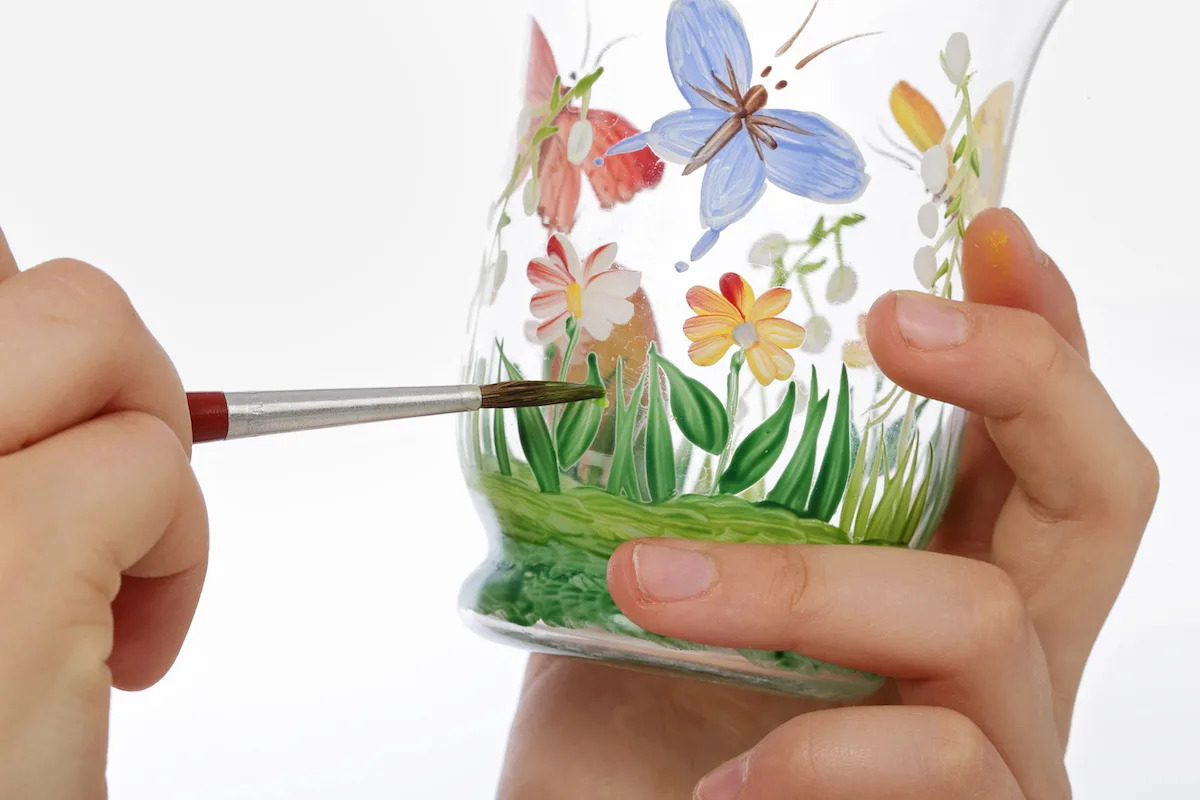
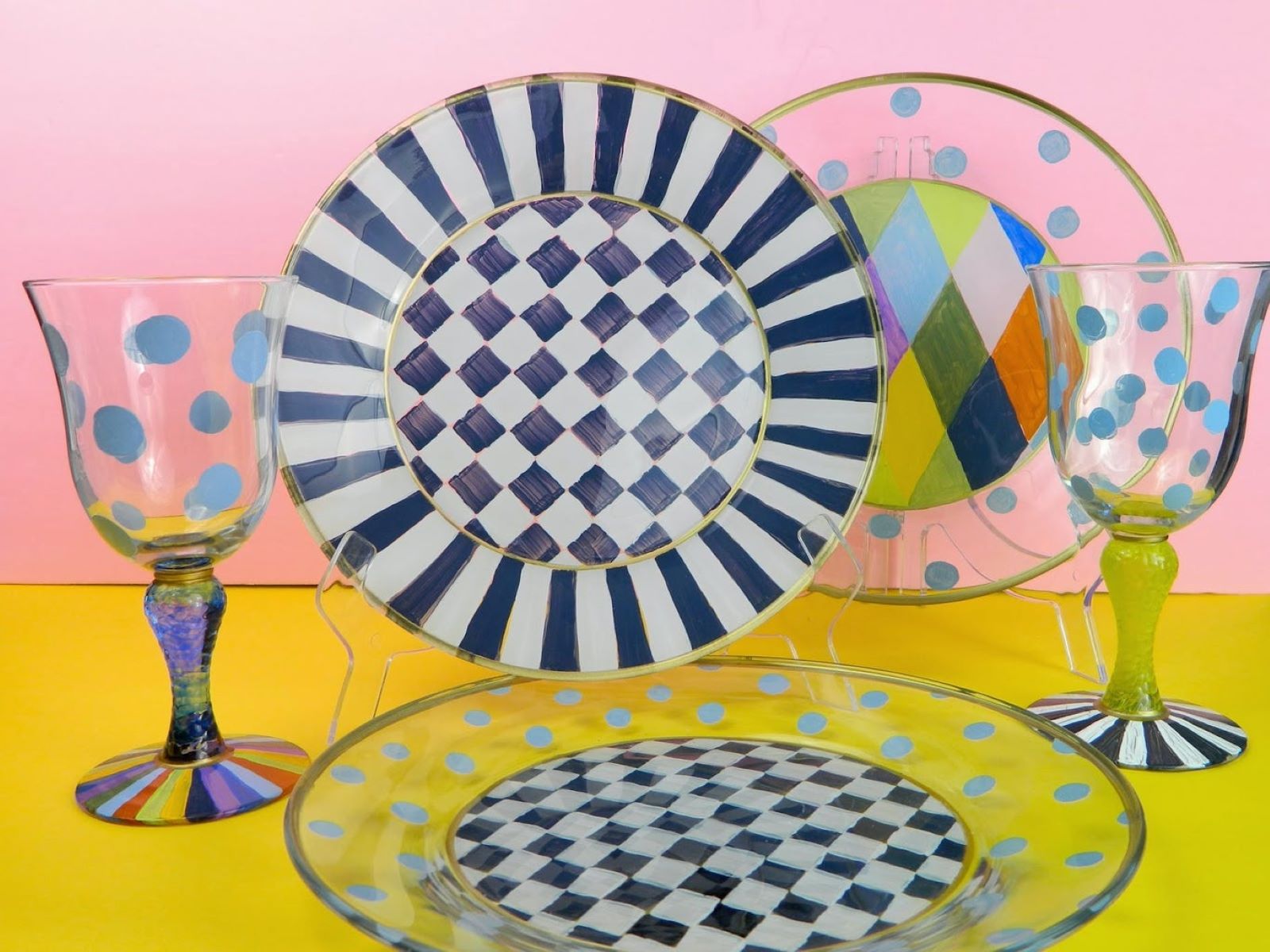
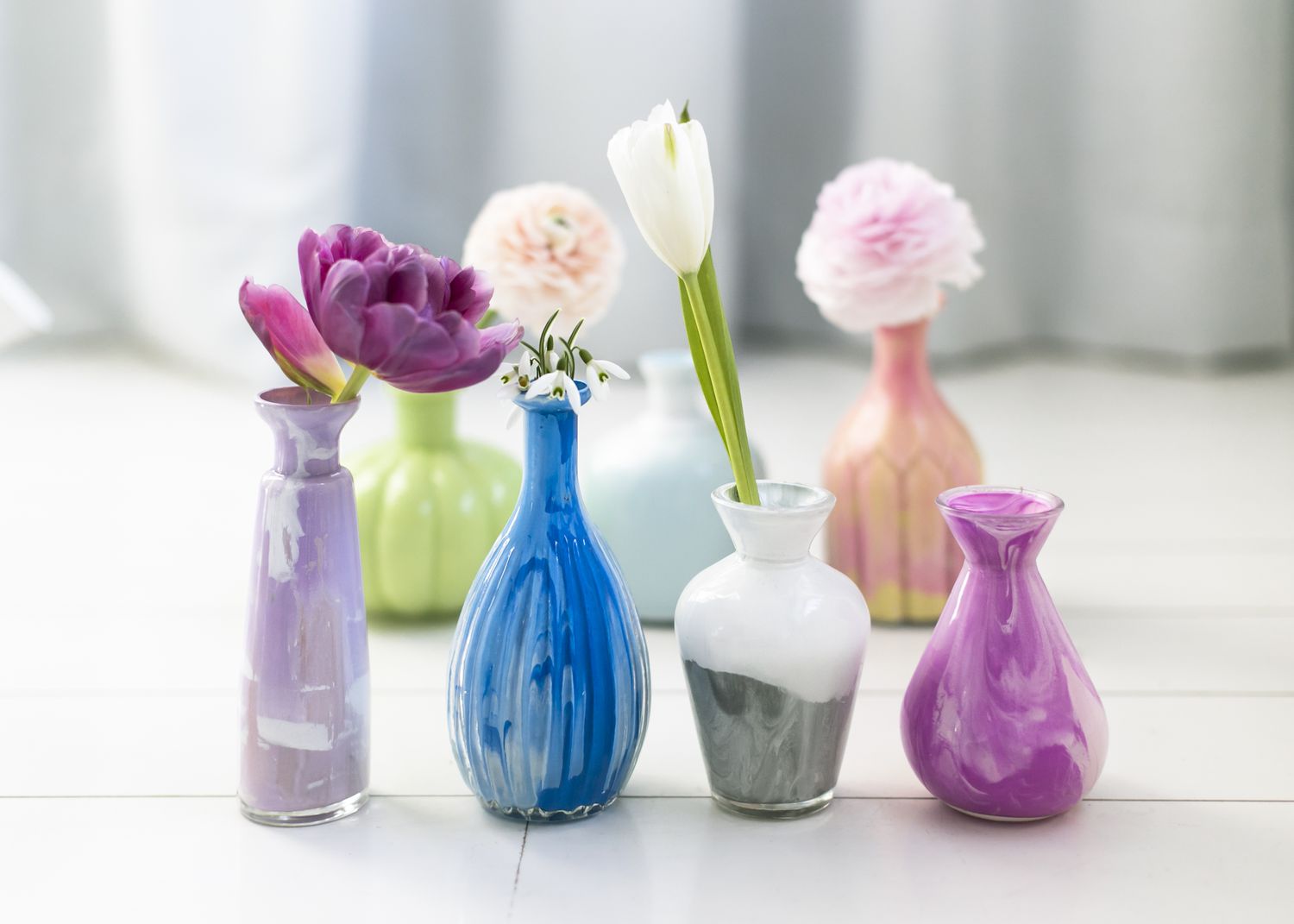
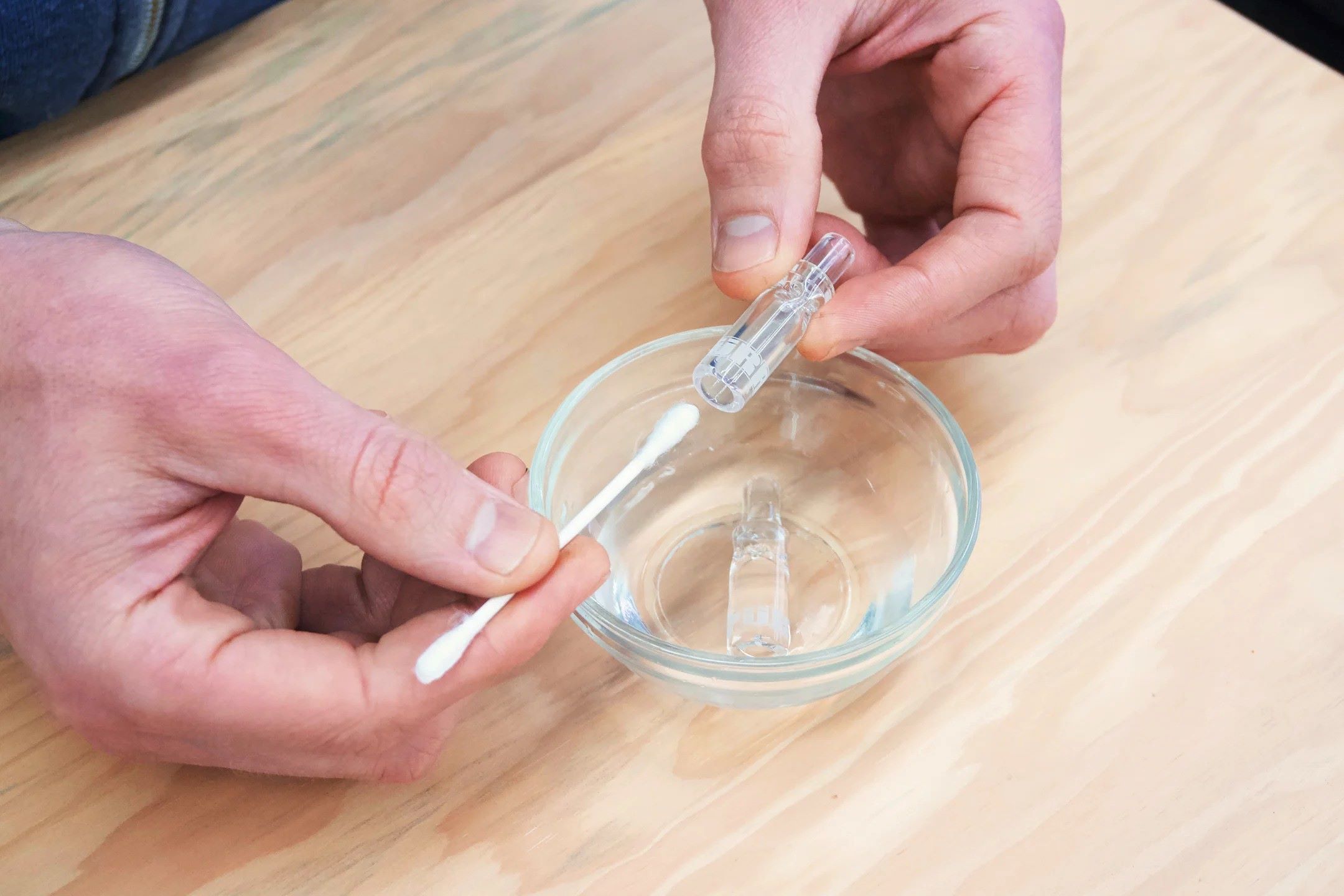

0 thoughts on “What Paint Works On Glass”